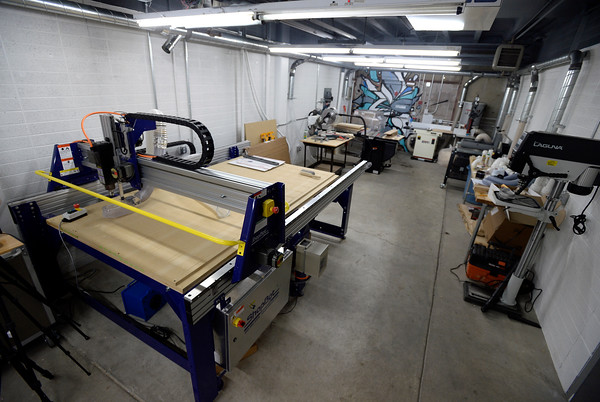Listen to this article
What are the major library trends across the state in 2010 and the teens? And where may things be heading in the 2020s? Throughout January 2020, we will be taking a look back at the 10s and teens in Colorado libraries. We are launching this series with Buildings and Spaces and if you have anything to share, be sure to add your comments at the end.
Overall the trends, outlined in this series, illustrate that:
- Libraries are continuing to evolve to meet local needs
- Library staff is approaching their work with a growth and learning mindset as new technology, and economic, environmental, political, and social shifts emerge
- Community leaders and residents still treasure their library spaces, collections, programs, and services
Buildings & Spaces
From Sterling to Norwood, from Steamboat Springs to Antonito, scores of communities and college campuses enjoyed new or renovated libraries. Some of the key aspects of 2010s new buildings include green building strategies, more meeting and study rooms, and wonderful outdoor spaces and gardens. Space design shifted from being focused on housing collections to having moveable shelving (just add casters and roll!) so that spaces could be shifted dynamically for the interests and needs of library users. Filled with high ceilings, natural light, and calm colors, these new buildings create the refuge, the haven that people seek in their libraries.

Academic library remodels showcase their campus role as “the learning commons.” With new collections primarily added online, shelving spaces were converted for student study, group collaboration, and other engagement.


The DIY movement came to libraries too with new maker spaces popping up in libraries of all types and sizes. Some library maker spaces were for student multimedia production while others housed heavy machinery aided small business start-ups. With content creation in common spaces, library staff are raising awareness of intellectual property rights, copyright and trademark strategies, intellectual freedom, and other aspects of invention and distribution.
While some libraries are designing spaces with “experiences” and unexpected delights for the curious, in the 20s, we may see more lively micro-spaces with museum-like immersive learning opportunities for library visitors of all ages. Some libraries are already partnering with the Children’s Museum, and other partners, to enliven experiences in library spaces.
- Friday Grab Bag, December 17, 2021 - December 17, 2021
- Friday Grab Bag, December 10, 2021 - December 10, 2021
- Save the Date – Successful Supervision 2022! - December 10, 2021
